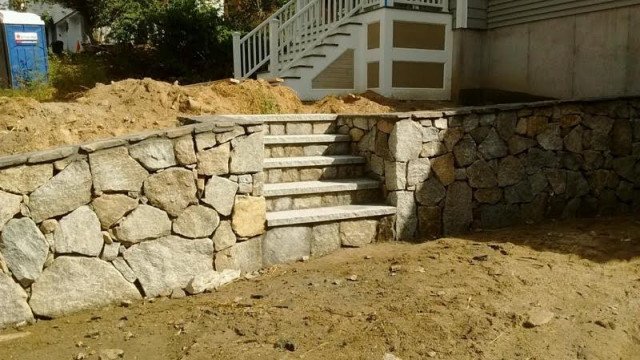Masonry
Masonry work is a complex of processes that includes, in addition to the basic processes (the laying of brick or other stone in mortar, the delivery and laying out of the stone, and the smoothing of the mortar), related auxiliary processes (the erection of scaffolding and trestles and preparation of the materials at the construction site).
The most widespread type of masonry work is the erection of solid brick masonry using individual bricks set in mortar. “Light masonry,” consisting of two parallel face walls each one-half a brick thick and filled with a light concrete, loose slag, or another insulating material, is sometimes used.
Such brickwork ordinarily is used for buildings not more than two stories tall. The masonry work on the walls of high-rise housing is performed simultaneously with the installation of all the prefabricated structural elements of the building, including stairways, floors, window and door units, partitions,and balconies. Ordinarily the masonry work is done with standard trestles, which provide safety and are quickly set up, disassembled, and moved to a new place using an erection crane. Suspended scaffolding, as well as building scaffolding, which is assembled from individual elements during the process of masonry work, is used for constructing the walls of industrial and other buildings more than 5m tall. The masonry materials and mortars are also delivered by erection cranes, including the tower and jib (crawler and tire) and track types. Brick is delivered to the work areas in packets on wood and metal pallets or in packets without pallets (silicabrick), and the mortar is delivered in special containers. For large volumes of work, mortar is supplied by pipe using a mortar pump.

